CBNERR-VA's Training and Engagement Program
Co-production: With, and for, YOU!
Our Goal
Informed and empowered decision making in coastal resource management. The Training and Engagement program (T&E) WHY.
Coastal Decision Makers: Our Target Audience
Who are coastal decision makers (CDMs) you ask?
- Local elected and appointed officials, such as city and town council members, county commissioners, citizen wetland boards, planning commission members, city and town managers, planners, engineers, code enforcement officers, environmental health and transportation officials;
- Federal, state, tribal, regional
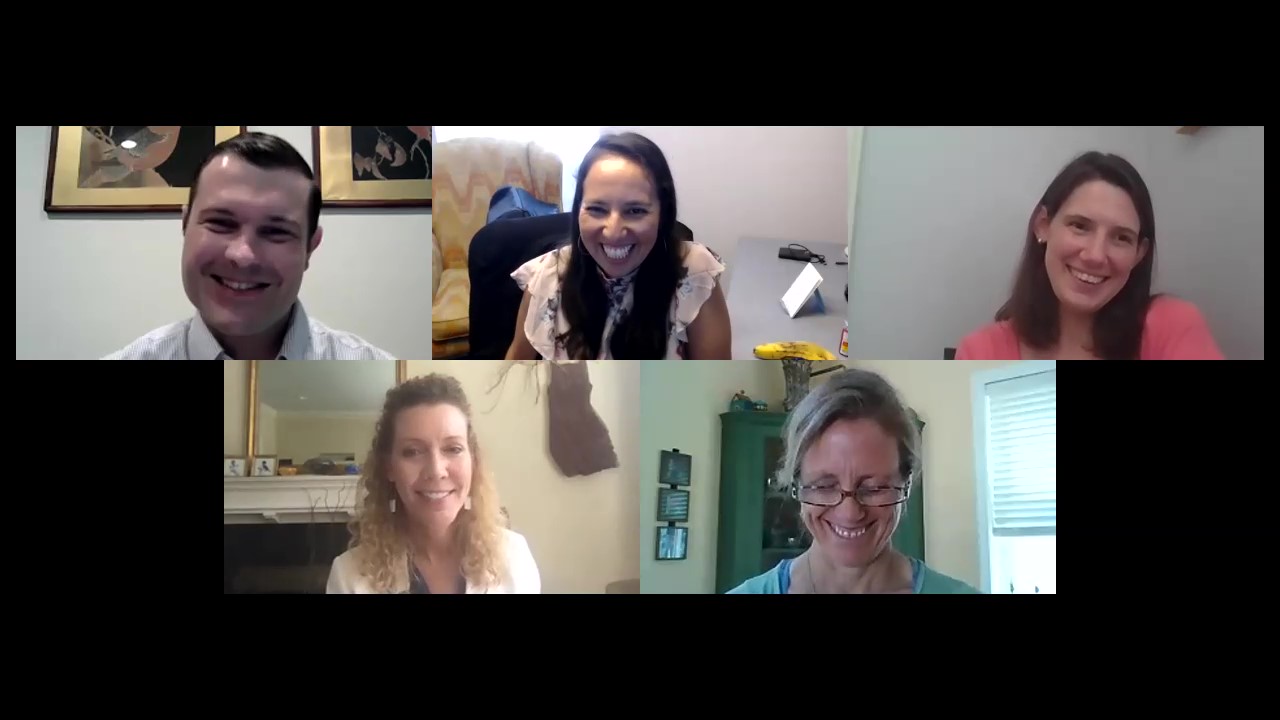 and local agency staff within departments that provide oversight and advise on land use planning, coastal resources, inland fisheries and wildlife, and environmental protection;
and local agency staff within departments that provide oversight and advise on land use planning, coastal resources, inland fisheries and wildlife, and environmental protection; - Non-profit organizations, including conservation commissions, land trusts, chapters of environmental organizations, and watershed associations;
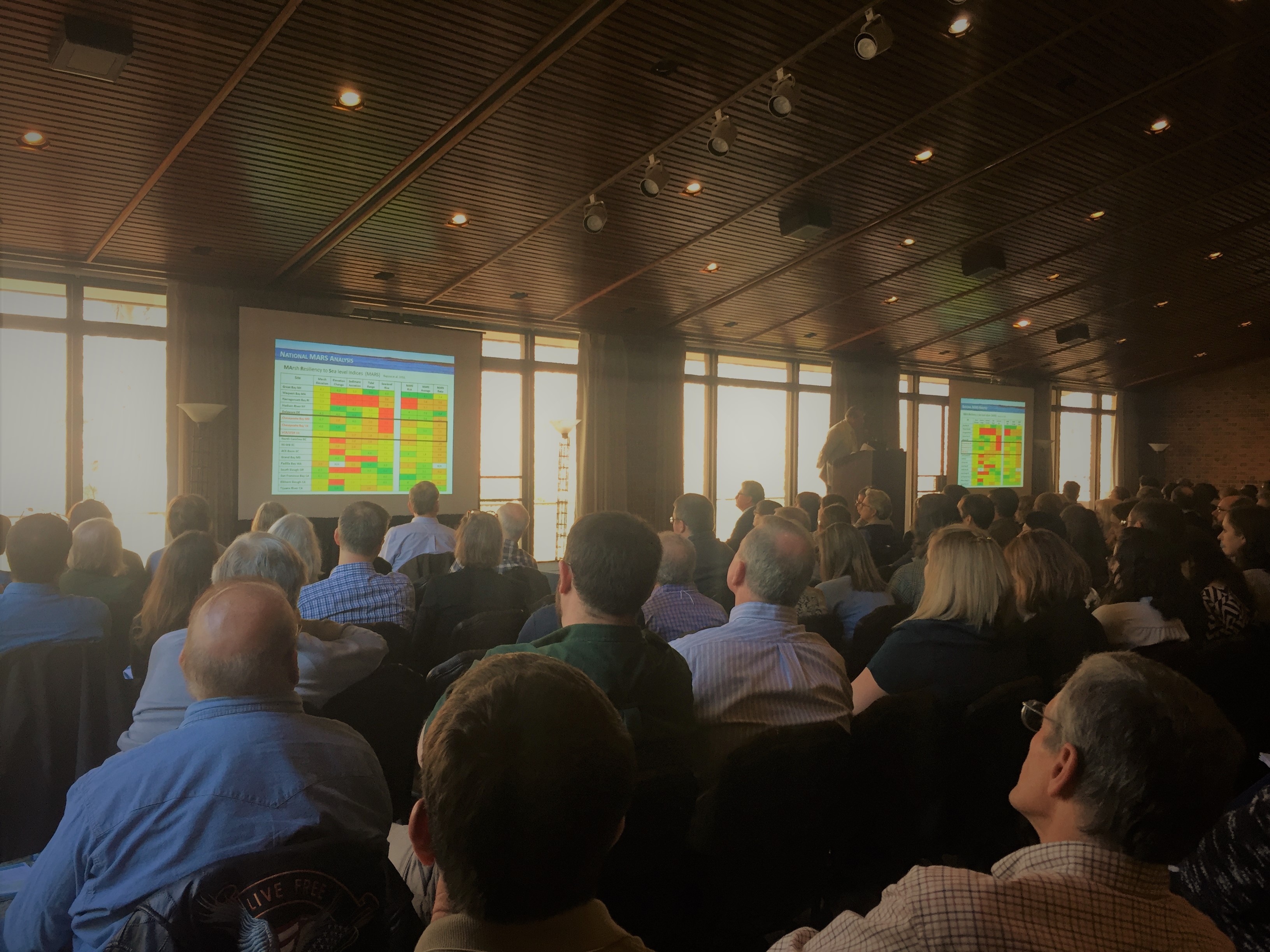 Academics providing technical and advisory services;
Academics providing technical and advisory services;- Business enterprises and organizations, such as aquaculture operations, recreation outfitters, commercial fisheries organizations, realty associations, building and development associations, commercial property owners associations, marine trade and construction businesses, chambers of commerce and tourist boards;
- Contractors and consultants, including environmental consultants and engineers, and infrastructure providers; and
- Civic, user and interest group leaders, including those member to Rotary clubs, Master Naturalists and property owner associations.
T&E’s Three Pillars of Program Delivery
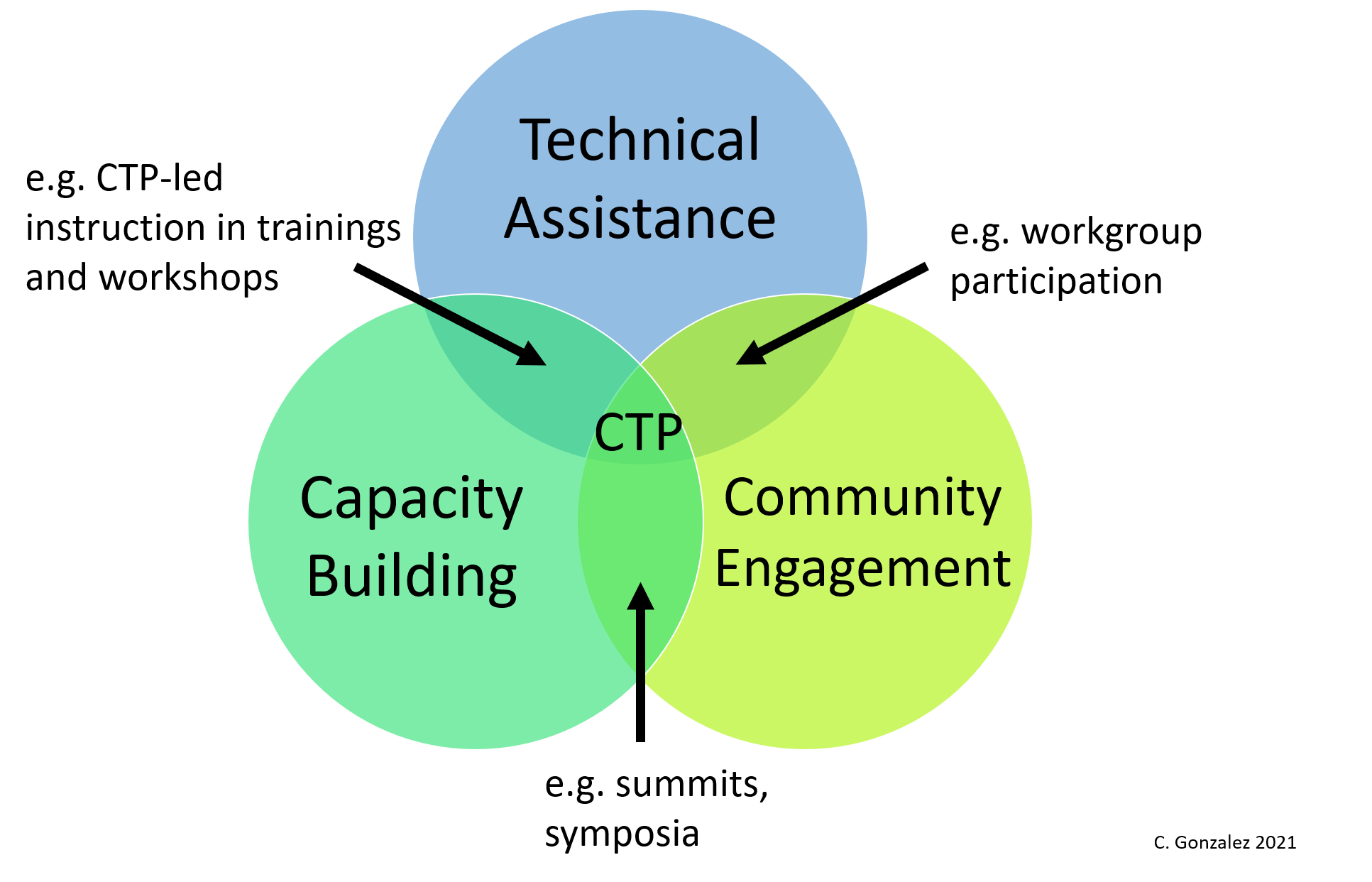
How we reach coastal decision makers.
Training and Engagement program (T&E) delivery occurs through three main avenues: capacity building, technical assistance and community engagement (Figure 1). These established avenues, the “pillars” of T&E delivery, guide both methods and goals of program content. While complementing one another, they are provided in combination to support CDM professional development, offer CDMs advisory service and bolster CBNERR-VA integration into local and regional communities. All are applicable across professional sectors, jurisdictions, and levels of government, and can be applied in both internal and external contexts relative to the CBNERR-VA team.
Pillar 1: Capacity Building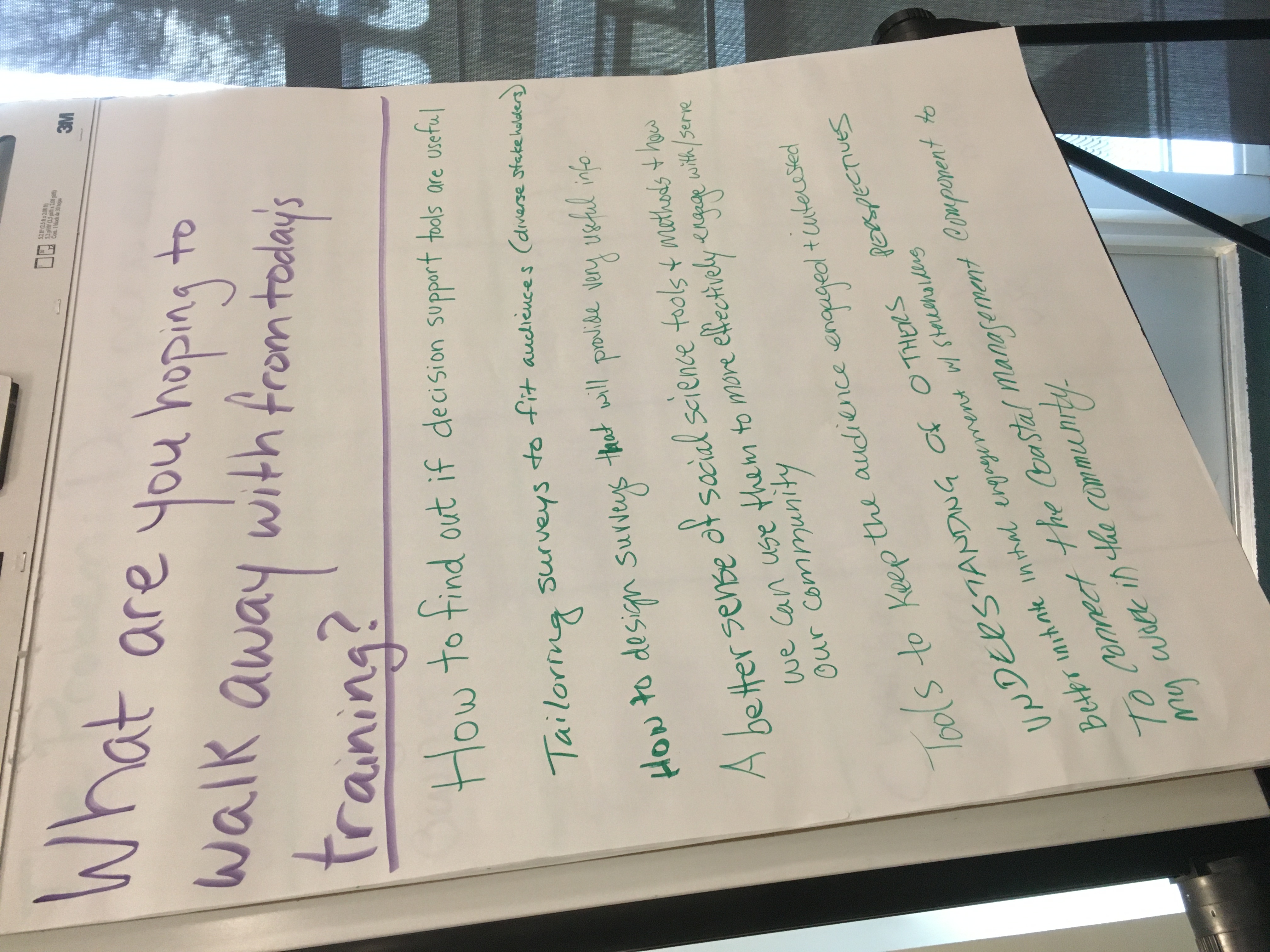
The Capacity Building Pillar, at its most basic, is representative of professional development opportunities, though is fundamentally focused on knowledge exchange and empowered decision making. Exchange may include experiential components, and can be uni- or multi-directional (Figure 2), with examples of each as follow:- Thematic Trainings
- Topical Workshops
- Technical Conferences, Symposia and Summits
Pillar 2: Technical Assistance
In contrast to capacity building, this pillar of program delivery is focused on meeting and filling immediate needs and gaps. The nature of the assistance itself is predicated on technical subject knowledge and lived experience. Presently, T&E staff are equipped to advise and lead on the following:
Facilitation and coordination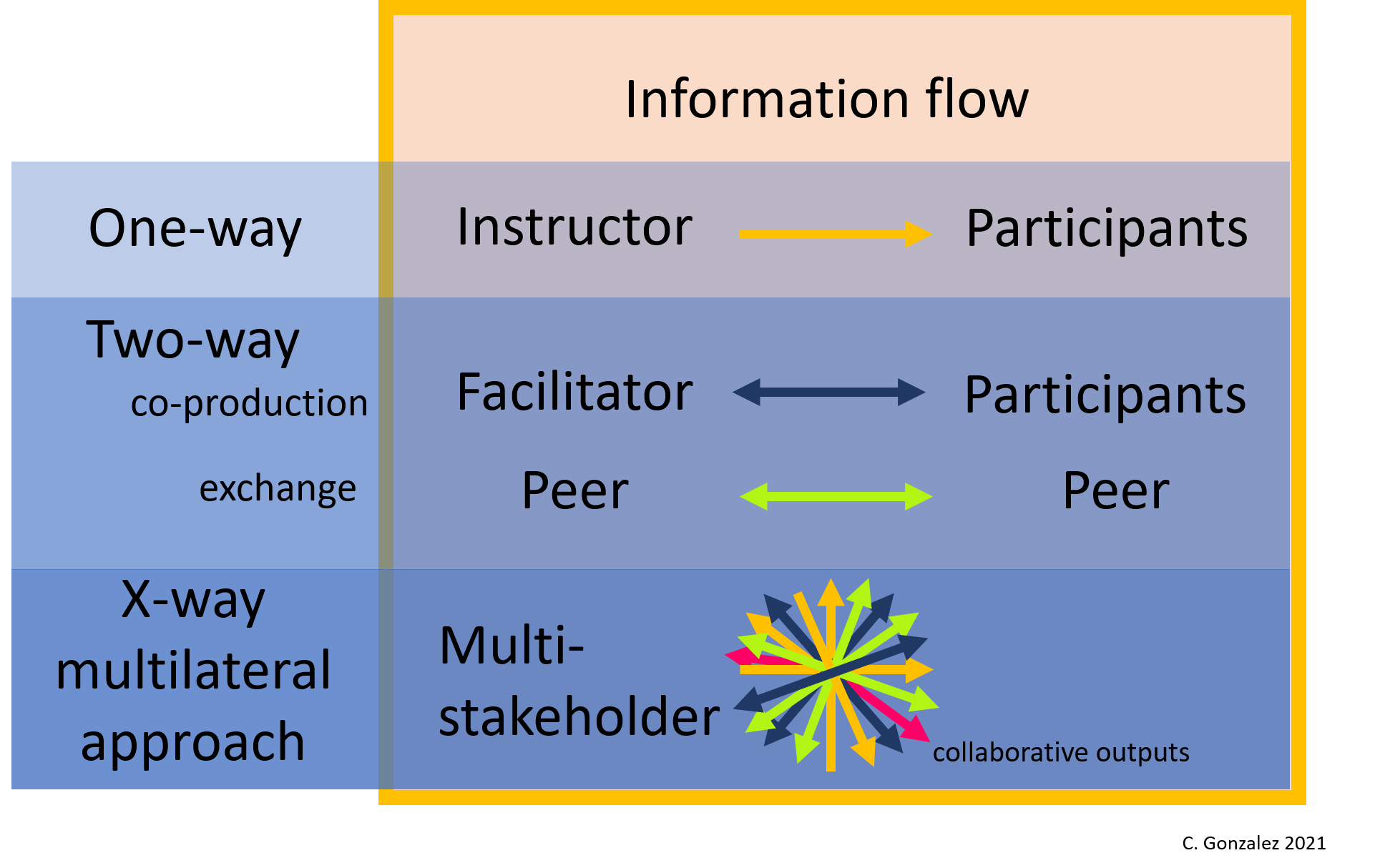
- Communications (including but not limited to: science translation, delivery, marketing and virtual engagement)
- Social science methodologies
- Planning processes
- Grant writing
-
Diversity, equity, inclusion and justice in the coastal zone
T&E strives to be accessible to all mission-relevant sectors. Accordingly, technical assistance may manifest in both informal and formal manners though common to each is its provision at the request of an external actor. One avenue of T&E’s provision of informal assistance is the Office Hours program, beginning in 2021 for those CDMs seeking easily accessible, personalized and timely feedback. Meanwhile, a principal mechanism of formal advisory service is through T&E staff membership and participation on, if not leadership of, pertinent committees and workgroups.
Pillar 3: Community Engagement
CBNERR-VA’s T&E program recognizes that meaningful and equitable capacity building and advisory service cannot be delivered without understanding end-users, and that this understanding is cultivated through direct engagement. Central to T&E’s pillar on community engagement is the premise of meeting people where they’re at, an outcome of the oft repeated mantra, “nothing for us, without us.” Showing up to, and being a consistent part of, community-driven engagement, if not the community itself, fosters the relationships necessary to cultivate trust, cooperation and partnerships. Accordingly, T&E staff frequently act as community liaisons and relationship managers, brokering connections on behalf of CBNERR-VA in pursuit of a mutual understanding with end-users that facilitates mutual gains.
Principles of Program Delivery
The following six principles continuously guide T&E program delivery through its three pillars:
- Accessibility: services and cooperation for all those who seek it, including current and future CDMs; corresponding marketing to avail itself accordingly;
- Transdisciplinary perspective: training methodology and collaborative approaches designed to address issues from a unified perspective, beyond the siloed frameworks of traditional disciplines and inclusive of socio-ecological and economic considerations (Figure 3);
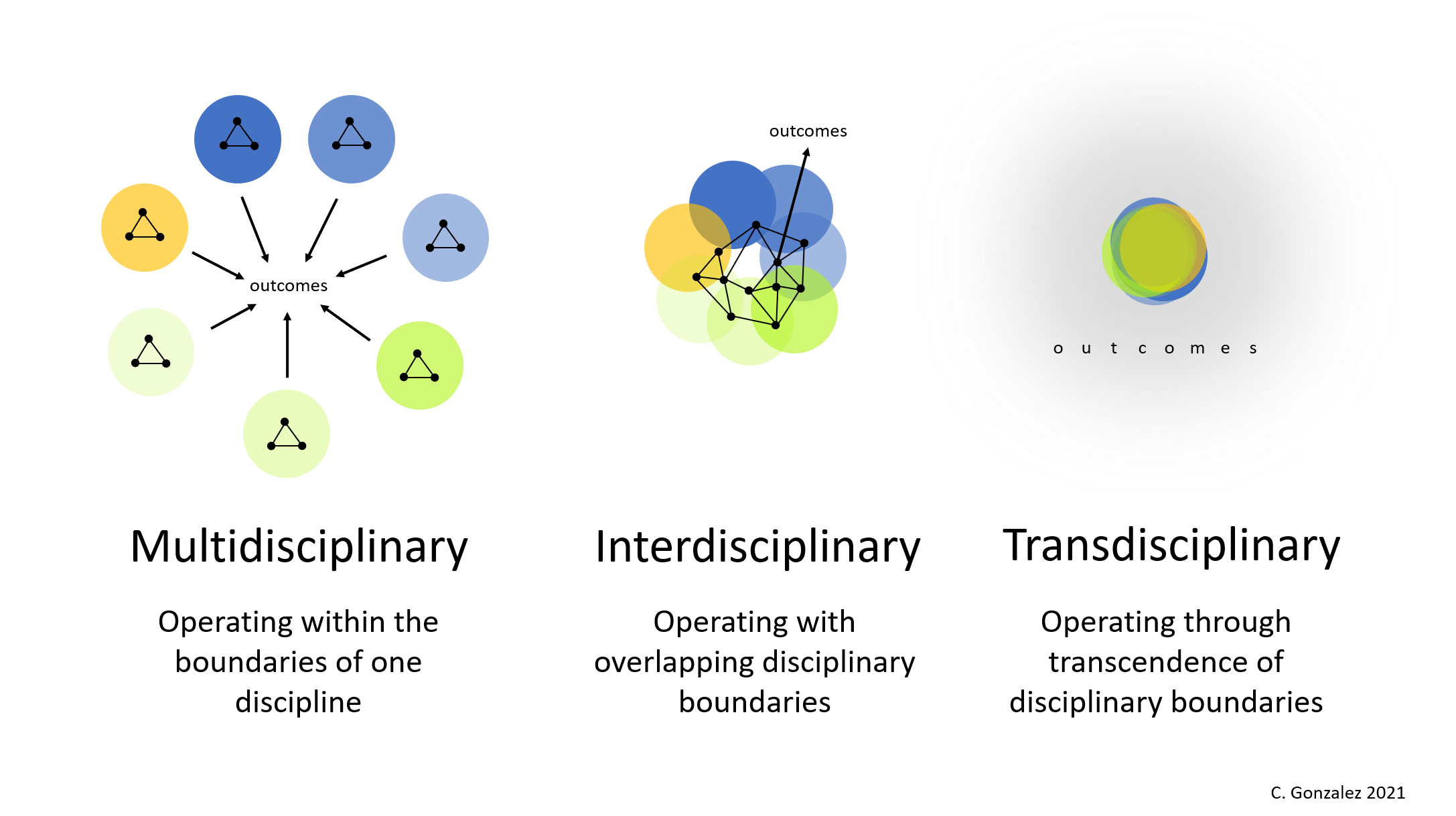
- Relevancy: delivery of accurate, timely and relevant scientific information, tools and educational resources; acknowledgement of contemporary circumstances and issues directly applicable to participants, using place-based examples where possible; peer-to-peer information exchange;
- Respect and Inclusivity: operation in environments where innovation is encouraged and ideas may be critiqued, though the people behind them are always welcomed;
- Decision-driven: program delivery is geared toward informed and empowered decision making, be that of CDMs, or of CBNERR-VA itself; and
- Adaptability: content is malleable and always user-driven, adapting to meet the needs of target audiences.
Priority Issues & Training Needs
- Climate change, including sea level rise, and coastal resilience
- Water quality and watershed management
- Coastal community development and land use planning
- Communications and management
For descriptions of the conditions that position these topic areas as priorities, and a comprehensive look at how these priorities intersect with T&E’s target audience through its three pillars, find details in Chapter 7 of the 2022-2027 Reserve Management Plan!
*Looking for the wheres and whens? Check out our Upcoming Opportunities!

